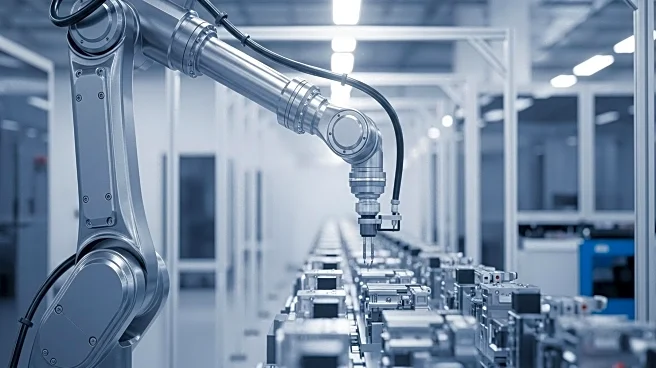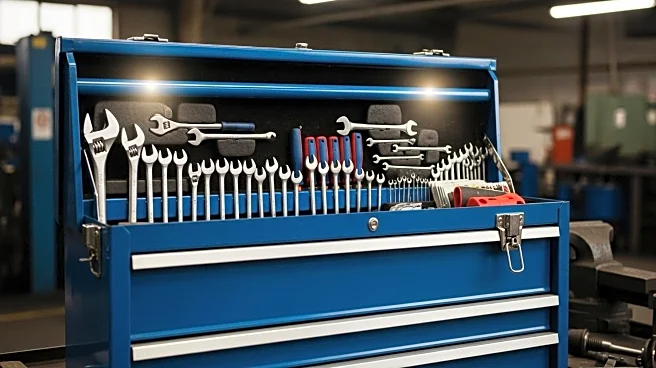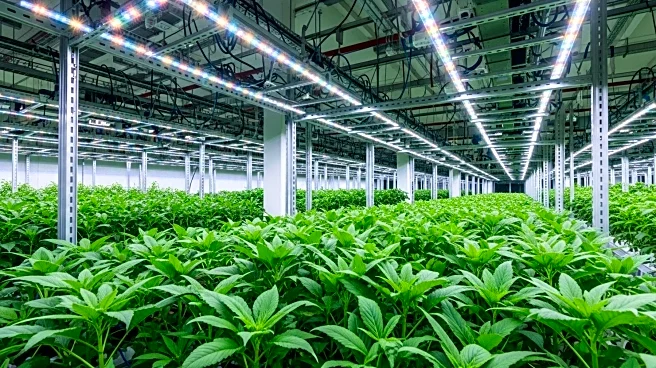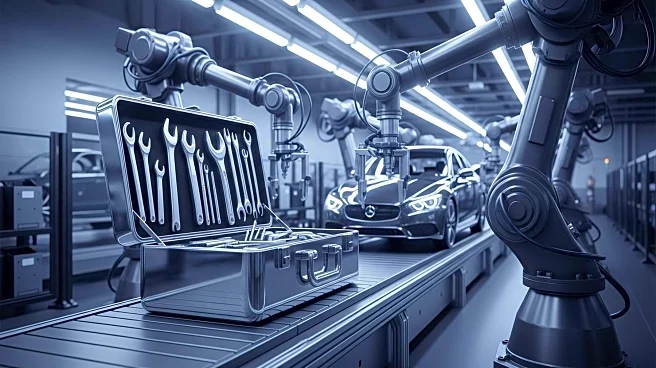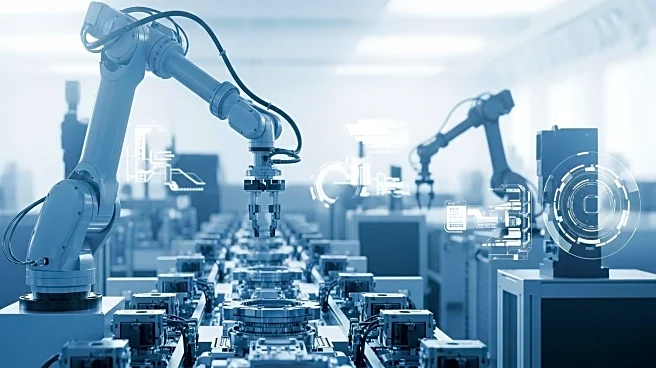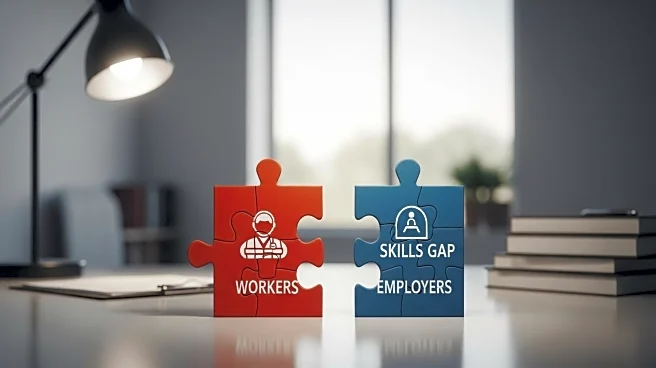What is the story about?
What's Happening?
The U.S. manufacturing sector is facing a significant talent gap that threatens its future and national competitiveness. According to a study by Deloitte and The Manufacturing Institute, the U.S. will need to fill 3.8 million manufacturing jobs over the next decade, but half of these roles could remain unfilled due to a shortage of skilled workers. The aging workforce is a major driver of this gap, with the proportion of employees aged 55 and older having more than doubled over the past two decades. As seasoned workers retire, younger generations are not stepping in quickly enough to replace them. This issue is compounded by outdated perceptions of manufacturing as dirty and dangerous, despite modern facilities being highly technical, clean, and safe. Efforts are underway to address this gap, including programs like Saint-Gobain North America's Sustaining Futures, Raising Communities, and the Federation for Advanced Manufacturing Education's national apprenticeship program.
Why It's Important?
The talent gap in manufacturing is not just a labor issue but a national competitiveness issue. Manufacturing is a backbone of the U.S. economy, creating jobs and fueling innovation. If the sector cannot fill these roles, it risks delays, rising costs, and lost innovation, which could impact the broader economy. The average manufacturing salary is $102,629, and the sector ranks high for employer-provided health care, making it a viable career path. Addressing the talent gap is crucial for maintaining the U.S.'s manufacturing legacy and ensuring economic stability. Programs that engage the next generation and change perceptions about manufacturing are vital for building a stronger workforce pipeline.
What's Next?
October is National Manufacturing Month, providing an opportunity for the industry to inspire the next generation. Industry leaders are encouraged to open their doors and share their stories to show young people that manufacturing is a viable and vital career path. Efforts to build pathways from classrooms to factory floors are essential, and initiatives like the Creators Wanted campaign aim to help students and parents discover opportunities in manufacturing. A whole-of-industry effort is needed to address the talent gap and ensure the future of U.S. manufacturing.
Beyond the Headlines
The manufacturing talent gap highlights broader issues in education and career guidance. For years, students have been steered toward four-year degrees, while trade careers have been overlooked. Changing perceptions and increasing visibility of manufacturing careers are crucial for attracting young talent. The sector's reliance on robotics, AI, and sustainability practices also reflects broader technological and environmental shifts. Addressing the talent gap could lead to long-term changes in how education systems and industries collaborate to prepare future generations for evolving career landscapes.
AI Generated Content
Do you find this article useful?
